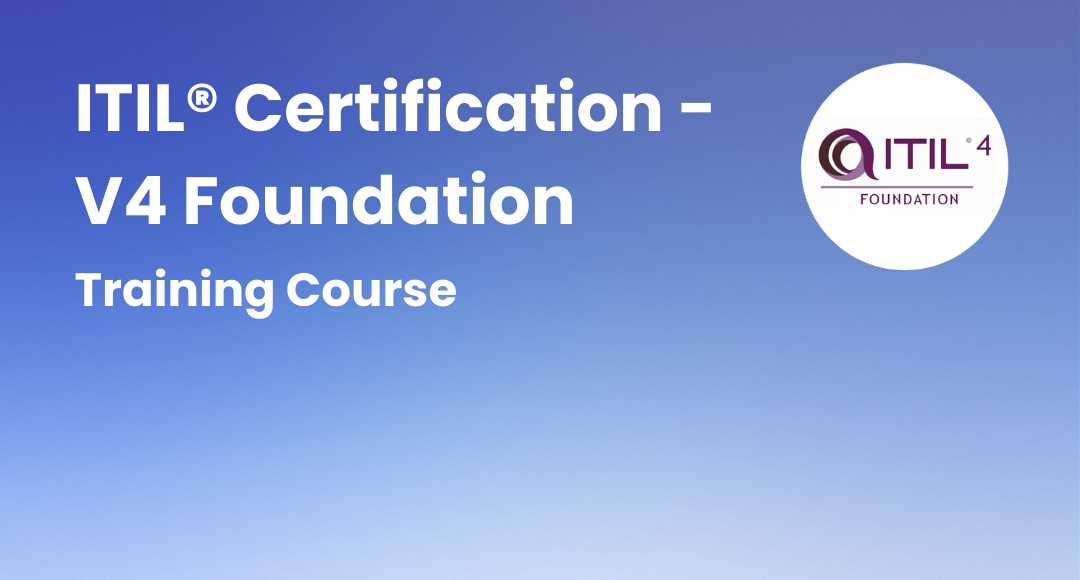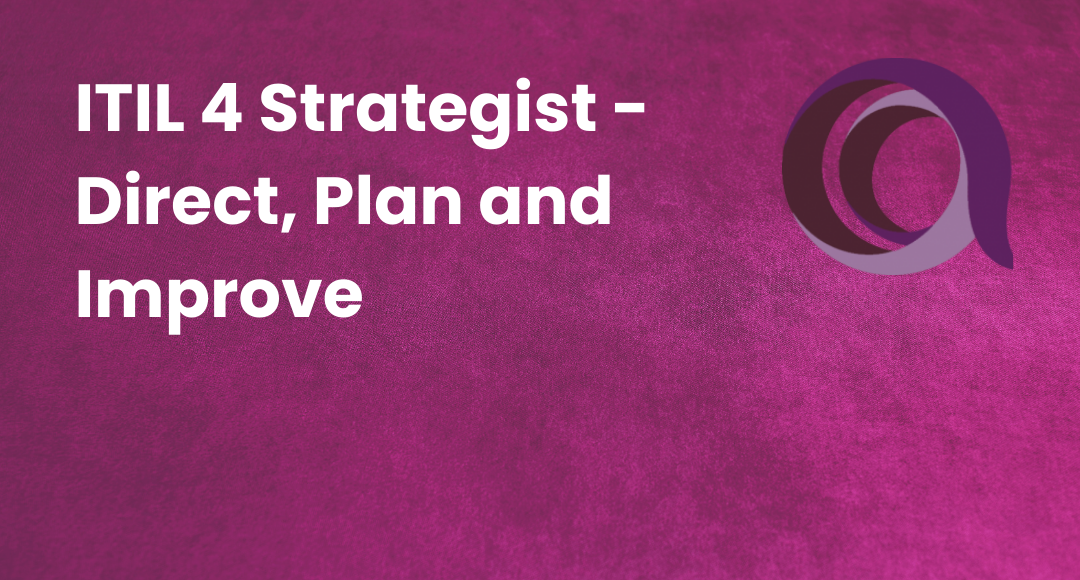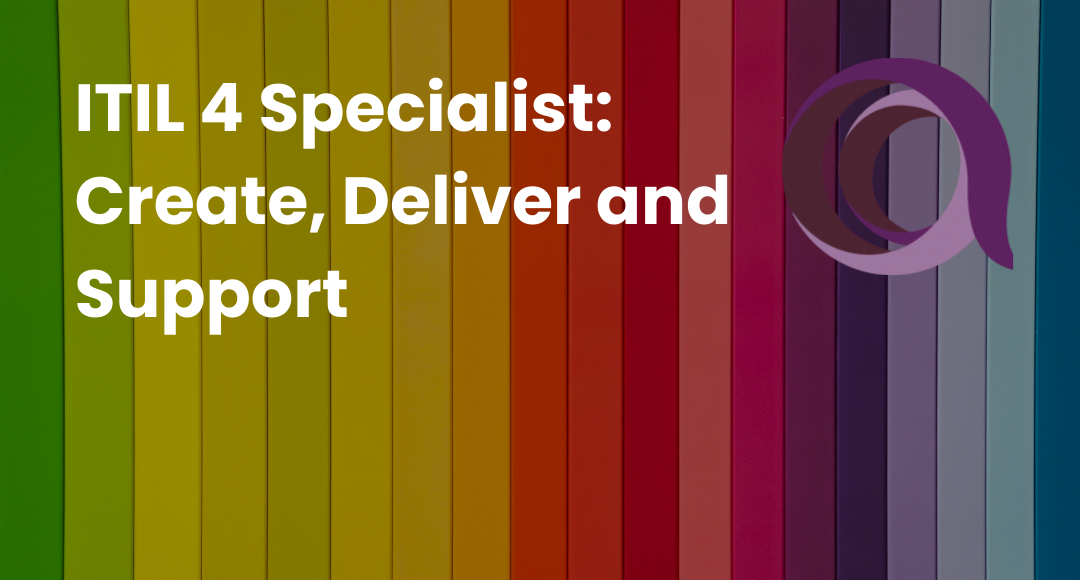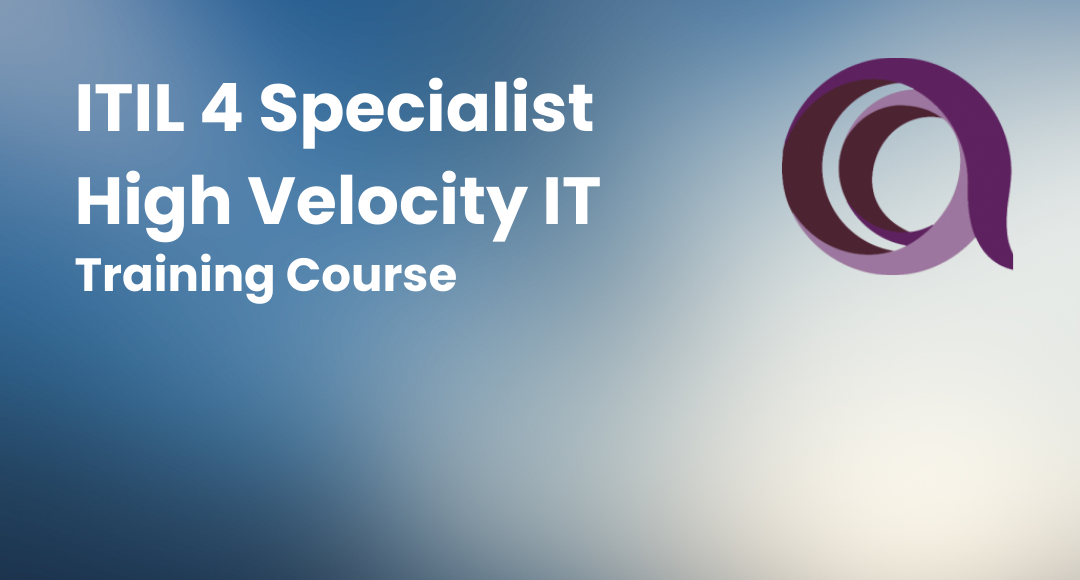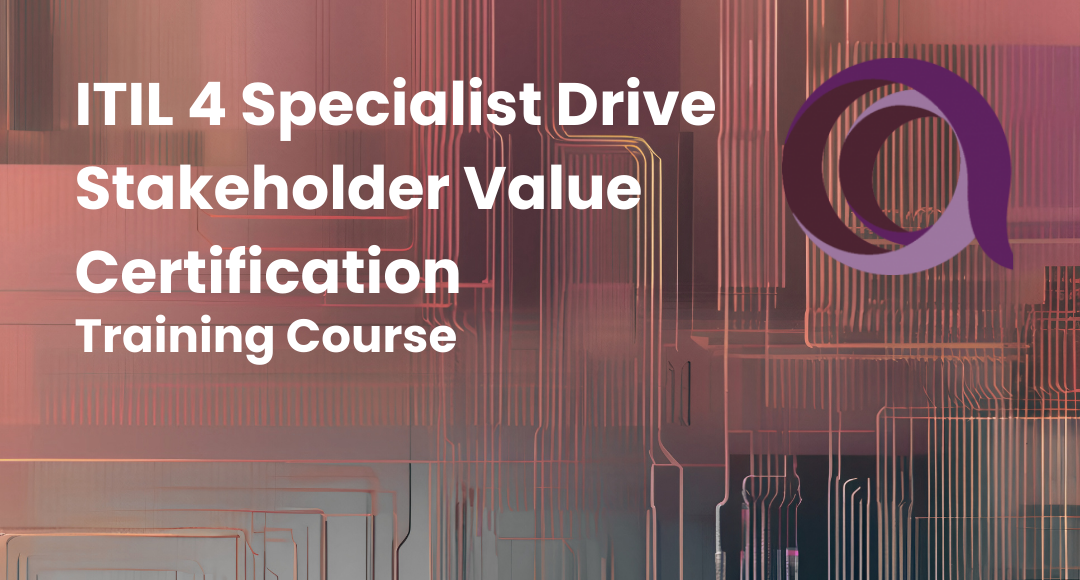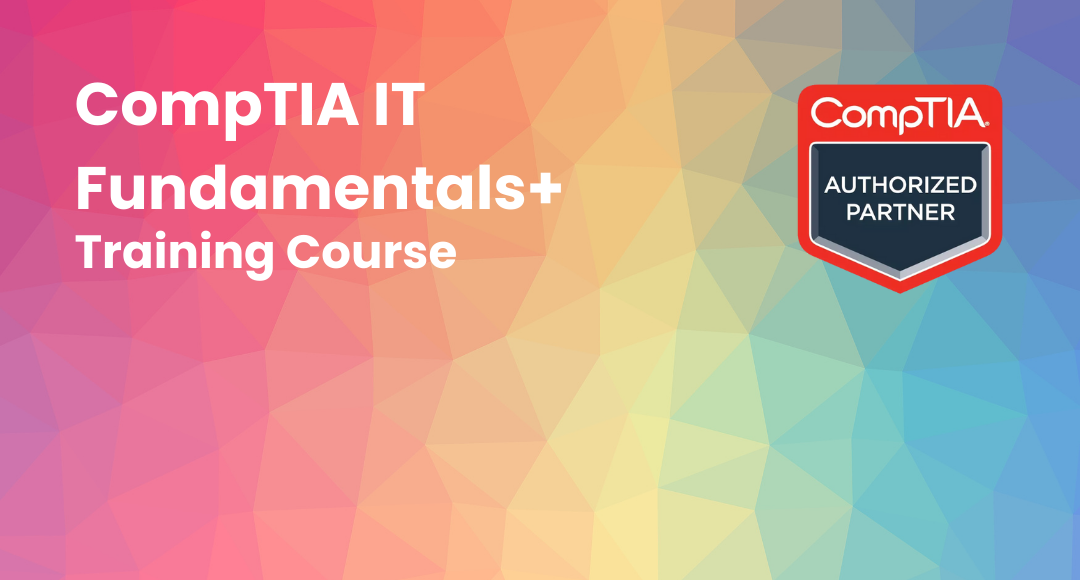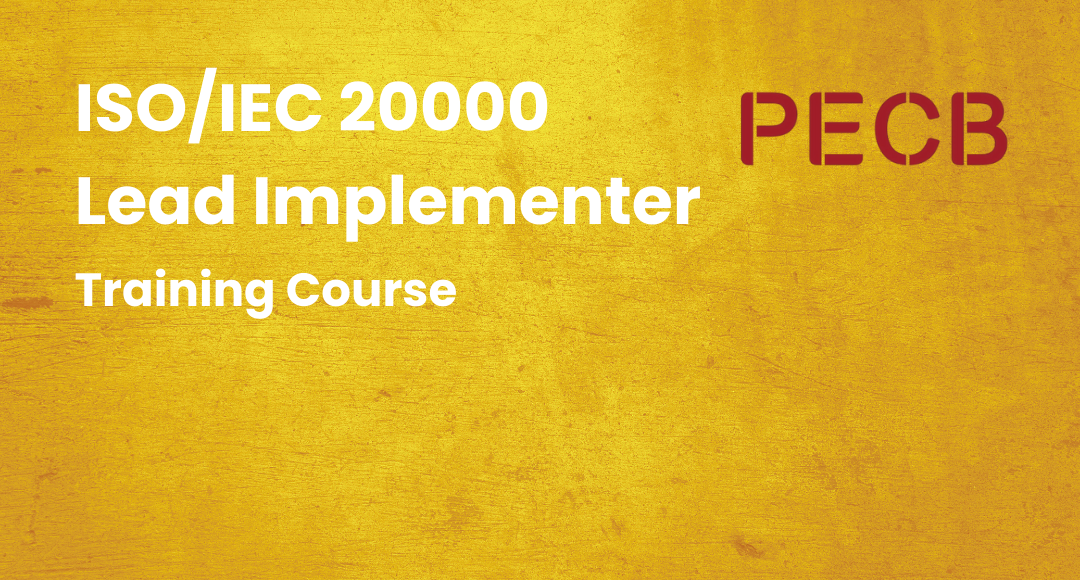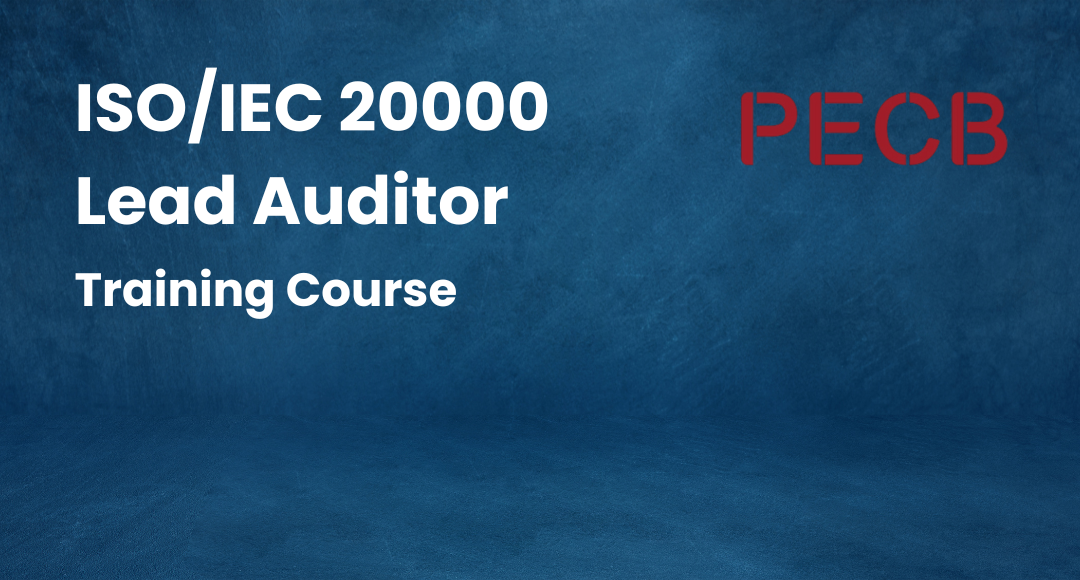Service Value System in ITIL 4 Explained in Detail
-
 By Nchumbeni Yanthan
By Nchumbeni Yanthan - Published on Feb 20 2025

Service Value System: Understanding the Practices, Elements, and Importance
The Service Value System is the key foundation of ITIL 4. The ITIL SVS and ITIL 4 practices describe how the overall components and activities of the organization collaborate and perform together as a system to generate value.
Every organization’s Service Value System has confluence with other organizations forming a system that simplifies value creation for the organizations by meeting the needs of their stakeholders and customers. Most of these organizations engage in value-chain activities.
While the ITIL Service is a powerful setup for the governance and management of products and services. A coherent approach to aid in organizations' performance to consistently create value in an efficient manner.
Table of Contents
What is the ITIL 4 Service Value System?
The ITIL Service Value System is the new key component of ITIL 4. The ITIL SVS outlines the overall activities and components of the organization required as a system to validate the generation of value. The activities, elements, and resources can be designed in collective fusion for an organization.
It acts as a guide chart of the required elements and proficiency in order to manage an effective, distinct, and agile service management organization and handle users during the occurrence of issues. It will have the need for cooperation with teams, authorities, activities, responsibilities, and approaches.

Moreover, the components of the Service Value System can be used to generate value.
The various components of the Service Value System are:
- Governance
- Service Value Chain
- Practices
- Continual Improvement
The ITIL 4 Service Value System involves all the inputs, outputs, and elements required for service management.
The six value chain activities of the ITIL 4 Service Value Chain consist of planning, improvement, engagement, design, transition, obtaining, delivering, and supporting.

The ITIL Guiding Principles emphasize focusing on the value, building it along with existing sources, organizing work and progress by using feedback for focused actions, collaborating and promoting visibility, working on the overall stages and process, implementing value-creating results, optimizing and automating to achieve results.
The Guiding Principles in the ITIL 4 Service Value System
The guiding principles in the ITIL 4 Service Value System serve as fundamental recommendations that assist organizations in adopting a service management approach. These principles act as a structured framework for decision-making and ensuring alignment with organizational goals.
Key Guiding Principles
Focus on Value: Organizations should always prioritize the creation and delivery of value to customers and stakeholders. Every decision, process, and service must align with this principle.
Start Where You Are: Instead of reinventing processes from scratch, organizations should evaluate existing resources and practices, leveraging what is already in place.
Progress Iteratively with Feedback: Implementing incremental changes while incorporating feedback ensures sustainable and effective service improvement.
Collaborate and Promote Visibility: Encouraging transparency, teamwork, and open communication leads to better service outcomes and operational efficiency.
Think and Work Holistically: Services do not operate in isolation; they interact with various departments, teams, and systems, requiring a comprehensive approach.
Keep It Simple and Practical: Avoid over-complicating processes. Instead, focus on efficiency, reducing unnecessary steps, and maintaining clarity.
Optimize and Automate: Maximize efficiency by automating repetitive tasks where possible, allowing human resources to focus on more valuable activities.
The guiding principles ensure that an organization’s Service Value System is adaptable, responsive, and aligned with evolving business needs.
The ITIL 4 Service Value Chain
The Service Value Chain is a core element of the ITIL 4 Service Value System. It serves as an operational model, defining how different service management components work together to create value for stakeholders. The Service Value Chain consists of interconnected activities that convert demand into valuable outputs.
The Six Key Activities of the ITIL 4 Service Value Chain:
- Plan: Establish strategic direction, policies, and governance to ensure alignment with business objectives.
- Engage: Foster communication and collaboration between stakeholders, customers, and service providers to understand requirements and expectations.
- Design and Transition: Create, develop, and enhance services to meet customer needs effectively while ensuring smooth transitions.
- Obtain/Build: Secure necessary resources, tools, and technology to deliver high-quality services.
- Deliver and Support: Provide seamless service delivery, ensuring continuous support to maintain service quality and performance.
- Improve: Continuously monitor and enhance services based on feedback, analytics, and evolving business needs.
The Service Value Chain is dynamic, flexible, and tailored to suit the unique needs of different organizations. By optimizing these activities, businesses can ensure seamless service delivery and enhanced customer satisfaction.
Five Elements of the Service Value System
The five elements of the Service Value System include:
ITIL Guiding Principles:
These implement and recommend the principles, working processes, and decisions, for an organization to keep up in all occurrences.
For example: how to collaborate, promote, decision-making, value, mission, work and promote.
Governance:
It is the second component of the Service Value System. A method that provides the controls for monitoring, directing, assess for an organization's performance.
The governance activities try to keep the organizations to remain in track with operations and the methods implemented by the governing bodies.
Service Value Chain:
The service value chain in ITIL 4 SVS is a set of activities in which an organization influences various ITIL practices to convert inputs into outputs (products or services to achieve value for consumers).
This component is an operating model that consists of six activities to create or demand value i.e., planning, engagement, designing, obtaining, delivering and supporting, and optimizing.
Practices:
Practice is another component which is the expansion of processes, capabilities, and outcomes from the older type of ITIL model.
They are a set of organizational resources that aim to achieve an objective or goal depending on the elements of the four dimensions of service management.
Continual Improvement:
The ITIL continual improvement model (renamed from CSI in Version 3) makes certain that the organizational performance constantly fulfills the stakeholder's expectations.
Continual improvement brings a consistent focus on customer value through a high level of organizational activities to support practices, services, and initiatives.
Recommended read: ITIL Framework Explained
Significance of Service Value System in ITIL 4
Success is not possible without a system. Similarly, the main benefit of ITIL SVS introduced in ITIL 4 is to ensure consistent and high-quality service that generates value and achieves consumers' and clients' expectations.
The ITIL® 4 has introduced the Service Value System (SVS) to make certain that organizations repeatedly generate value from the products or services that meet the stakeholder's requirements. This happens by continuously monitoring, assessing, and improving the applications and management of the inputs into outputs.
The main importance of SVS in ITIL 4 is that they are outlined to lead actions and conclusions. It serves as a map for the company resources that are responsible for running the operation the service can avail prime takeaways from the best approaches.
Typically, a system must govern performance to drive organizational success. It also creates a pathway for an organization to expand more capabilities for quicker and more effective results and better collaboration. And this can happen through ongoing and continuous efforts into actions over time.
Before setting goals, focus on a balanced system that has flexibility that automatically helps to achieve the goal set.
Likewise, the goals of an organization are dynamic and remarkable by a design.
Opportunity and Demand & Value
The option and demand, service value chain, and value work hand in hand for companies to manage their relationships with stakeholders and customers.
Opportunities and Demands: They are the inputs to the Service Value System. It activates activities and options within the system to design and put on value for stakeholders to improvise the organization.
These processes also focus on the need for products and services among internal and external consumers either by achieving the demand or capitalizing on the chance.
Demands fall into one of three categories namely,
- Value demand
- Information demand
- Failure demand
Value: The outcome of the Service Value System is value. A value in the ITIL context is the distinguished advantages, convenience, and importance.
ITIL 4’s Management Practices
The ITIL 4 management practices are sets of organizational resources designed for performing work or accomplishing an objective. The 34 ITIL practices are categorized into three. The three categories of ITIL 4 management practices are,
General management practices: These apply across the organization for high-quality service and business success. The practice has been approved and modified for service management from the domains of general business management.
There are 14 general management practices in the ITIL 4 service value system:
- Architecture management
- Continual improvement
- Information security management
- Knowledge management
- Measurement and reporting
- Organizational change management
- Portfolio management
- Project management
- Relationship management
- Risk management
- Service financial management
- Strategy management
- Supplier management
- Workforce and talent management
Service management practices: This pertains to particular services that have been developed, deployed, delivered, and supported in service management and ITSM industries.
There are 17 service management practices in the ITIL 4 service value system:
- Availability management
- Business analysis
- Capacity and performance management
- Change control
- Incident management
- IT asset management
- Monitoring and event management
- Project management
- Release management
- Service catalogue management
- Service configuration management
- Service continuity management
- Service design
- Service desk
- Service level management
- Service request management
- Service validation and testing
Technical management practices:
A set of processes adapted and deployed from areas of technology management for means of service management. This is done either by enlarging or moving the focus from technology solutions to IT services in ITIL 4.
There are 3 technical management practices in the ITIL 4 service value system:
- Deployment management
- Infrastructure and platform Management
- Software development and Management
Recommended read: Is ITIL A Fit For Your Organization's Culture?
Conclusion
To conclude with, the ITIL SVS specifies how the overall activities and components involved in the product or service lifecycle work as a whole in a system to generate outcome value results. The bottom line is before setting goals over time, focus on the performance of the system first.
Whether you’re an ITSM aspirant or looking for career enhancement in IT Service Management, it is best to explore training for ITIL certification levels and get certified with Sprintzeal.
We are an ATO (Authorized Training Partner) of AXELOS, offering ITIL training for all ITIL certification levels via online and classroom modes of study. Reach us at Click Here or chat with our expert to get full details or for queries.
Frequently Asked Questions
Which are elements of the service value system?
The key components of the SVS consist of,
- Guiding Principles
- Governance
- Service Value Chain
- Practices
- Continual Improvement.
How many practices are there for service management?
ITIL® 4 involves 34 management practices to assist organizations to achieve standard service delivery across the service value chain.
What are the different types of value systems?
The three general types of values are aesthetic values, ethical values, and epistemic values.
Subscribe to our Newsletters
Popular Programs
ITIL 4 Strategist – Direct, Plan And Improve
Live Virtual Training
- 4.9 (350 + Ratings)
- 70k + Learners
ITIL 4 Specialist: Create, Deliver and Support
Live Virtual Training
- 4.2 (74 + Ratings)
- 54k + Learners
ITIL 4 Specialist Drive Stakeholder Value Certification
Live Virtual Training
- 5 (82 + Ratings)
- 16k + Learners
Trending Posts
TOP 10 BENEFITS OF TOGAF CERTIFICATION IN ENTERPRISE ARCHITECTURE
Last updated on Dec 8 2023
How to Become a Release Manager
Last updated on Feb 2 2023
Axelos and TSO launch MSP Foundation app
Last updated on Feb 18 2022
What is ITIL – Information Technology Infrastructure Library jobs and Certification Benefits
Last updated on Apr 19 2024
Most Asked Release Manager Interview Questions and Answers 2026
Last updated on Oct 24 2024
Top 5 IT Service Management Tools in 2026
Last updated on Feb 27 2024
Categories
- Other 70
- Agile Management 48
- Cloud Computing 57
- Project Management 174
- Big Data 66
- Business Management 88
- Digital Marketing 79
- IT Service Management 29
- Programming Language 59
- AI and Machine Learning 79
- IT Security 112
- Quality Management 78
- IT Hardware and Networking 26
- Microsoft Program 4
- Workplace Skill Building 13
- Risk Management 9
- Information Security 8
- Leadership and Management 9
- Corporate Training and Development 1
Trending Now
ITIL Framework and Certifications Guide 2026
ArticleTop 25 ITIL Interview Questions and Answers in 2026
ArticleWhat is ITIL – Information Technology Infrastructure Library jobs and Certification Benefits
ArticleHow to become a certified ITIL Expert in 2026
ArticleIs ITIL a fit for your organization's culture?
ArticleITIL Framework Explained (Updated)
ArticleTOP 10 BENEFITS OF TOGAF CERTIFICATION IN ENTERPRISE ARCHITECTURE
ArticleThe Importance of ITIL certification and scope for career growth
ArticleITIL Certification Levels and Job Scope
ArticleWell Explained : The IT Service Management and ITSM Design, Concepts and its Benefits
ArticleAll about ITIL 4 practices – Updates, Service Types and Benefits
ArticleITIL Strategist Certification Overview And Career Path
ArticleEnterprise Architect Interview Questions and Answers 2026
ArticleMost Asked Release Manager Interview Questions and Answers 2026
ArticleHow to Become a Release Manager
ArticleITIL Processes List – 26 ITIL Processes and 5 ITIL Service Lifecycle Stages
ArticleAxelos and TSO launch MSP Foundation app
ArticleITIL Problem Management Guide for Beginners
ArticleITIL Guiding Principles Explained
ArticleWhat is ServiceNow - A Beginner's Guide
ArticleServiceNow - What is it, Fundamentals And Features
ArticleA Guide to Enterprise Asset Management
ArticleTop 5 IT Service Management Tools in 2026
ArticleThe ITIL 4 Service Desk Guide – Importance and Types
ArticleWhat Is IT Mapping?—An Essential Guide
ArticleTop 6 ITSM best practices
ArticleESM vs ITSM - Key Differences Explained
ArticleTop Incident Manager Interview Questions and Answers 2026
Article